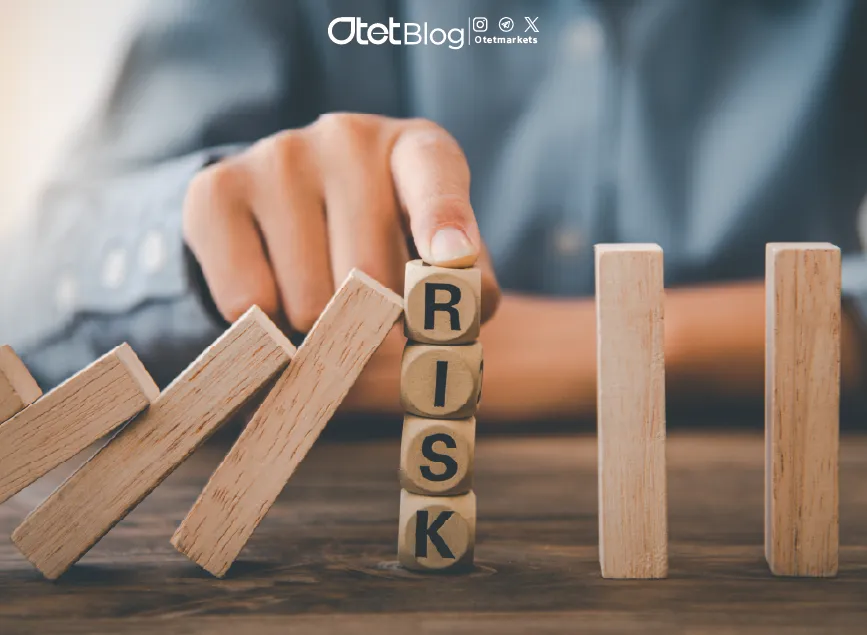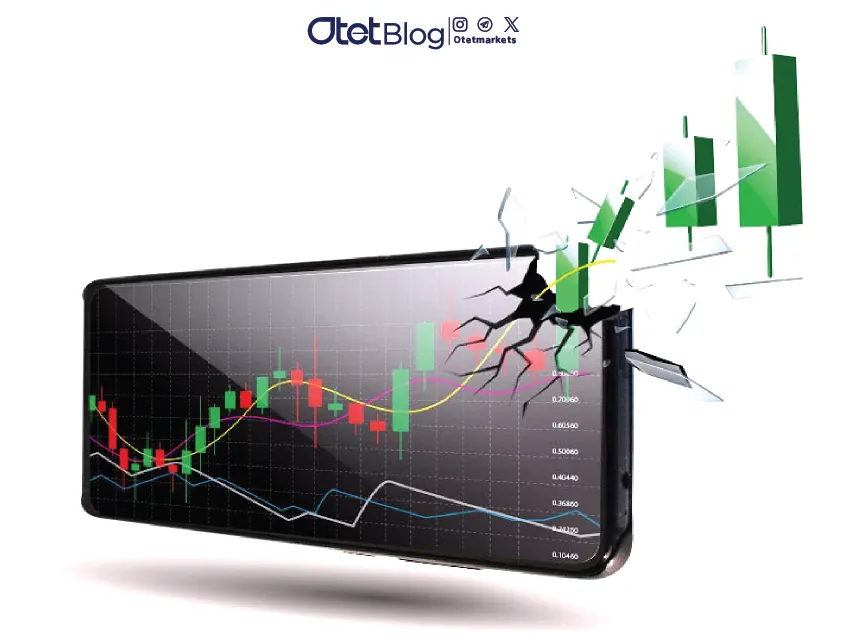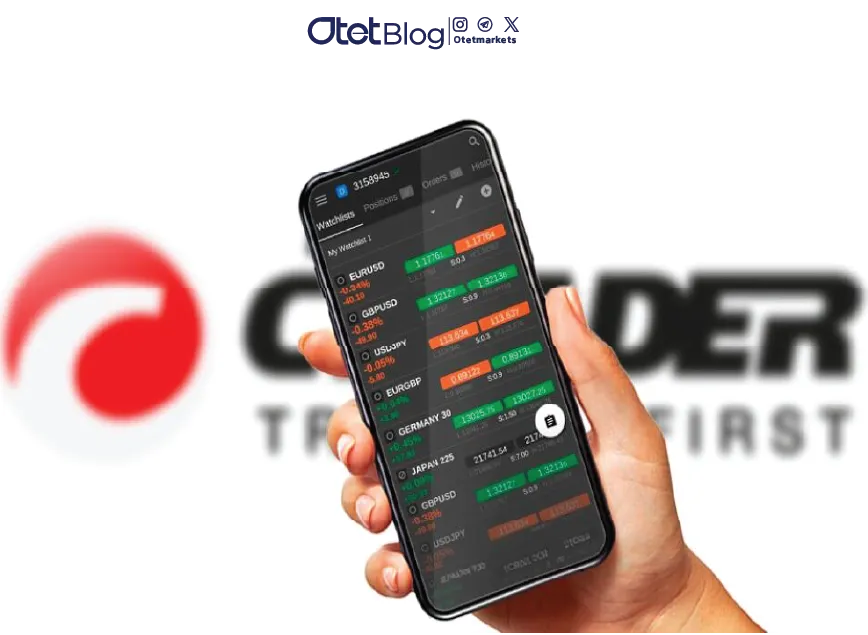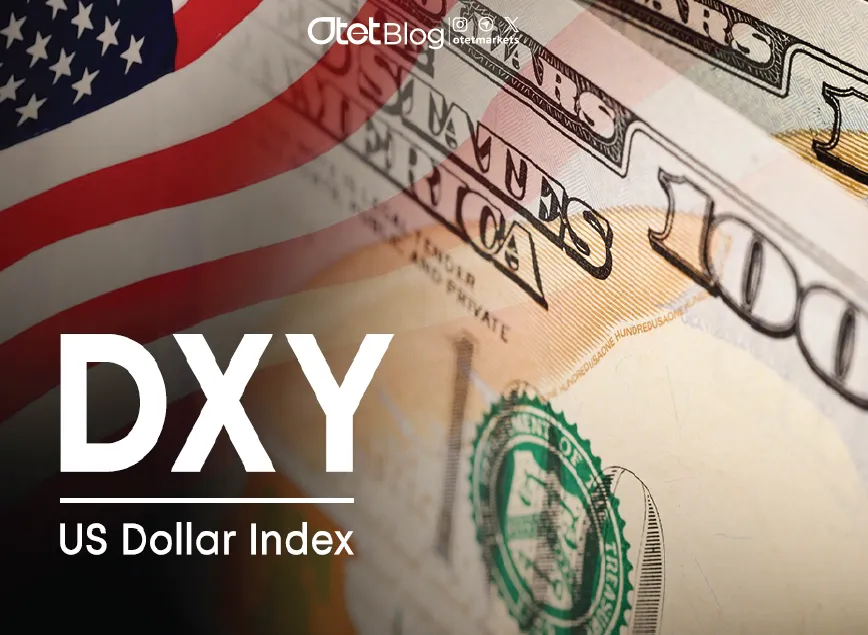
The Art of Reward and Risk Management: Financial Success
Estimated reading time: 4 minutes
Table of contents
- Defining Risk and Reward in Financial Markets
- Understanding the Risk-to-Reward Ratio (R/R) and How to Calculate It
- Types of Traders Based on Risk Tolerance
- Methods for Measuring Risk in Trading
- The Relationship Between Risk and Leverage in Financial Markets
- Risk Management Principles to Reduce Losses
- Types of Risks in Financial Markets
- The Impact of Broker Spreads on R/R Ratio and Trades
- Conclusion and Final Notes
Every trade involves a certain level of risk and reward. Utilizing tools like the risk-to-reward ratio and risk management strategies helps traders make better decisions and prevent potential losses.
Risk and reward are two key factors in investment decision-making:
- Risk: The probability of loss in a trade.
- Reward: The potential profit that can be gained.
Generally, increasing risk can lead to higher chances of both profit and loss, while lower risk usually results in lower returns.
Defining Risk and Reward in Financial Markets
What is Risk?
Risk represents uncertainty in trade outcomes. The higher the uncertainty regarding the future value of an asset, the greater the likelihood of loss. Investors typically expect higher returns in exchange for accepting greater risk.
What is Reward?
Reward refers to the profit earned from a trade or investment. This profit is often known as “expected return” and is assessed based on historical data or market forecasts.
Understanding the Risk-to-Reward Ratio (R/R) and How to Calculate It
The risk-to-reward ratio is one of the most crucial risk management tools, determining the potential profit relative to the risk taken.
Example: If you risk $100 in a trade and expect a profit of $300, your R/R ratio is 1:3.
Generally:
- If the R/R ratio is greater than 1, the risk is higher than the reward.
- If the R/R ratio is less than 1, the reward is greater than the risk.
Types of Traders Based on Risk Tolerance
- Risk-averse: Seek to minimize risk and preserve capital.
- Risk-neutral: Focus solely on returns without considering risk.
- Risk-seeking: Willing to take high risks for greater profits (e.g., cryptocurrency traders).
Methods for Measuring Risk in Trading
- Standard Deviation: Measures return volatility. Higher values indicate greater risk.
- Value at Risk (VaR): Estimates potential losses over a specific time frame.
- Beta: Measures an asset’s sensitivity to overall market fluctuations.
The Relationship Between Risk and Leverage in Financial Markets
Leverage allows traders to open larger positions with a small amount of capital. However, while leverage increases potential profits, it also magnifies losses.
Example: If you open a $1,000 trade with only $200 (1:5 leverage), a 1% market price change results in a 5% change in your capital. Proper leverage management is essential to minimize losses.
Risk Management Principles to Reduce Losses
To mitigate risk in trading, the following strategies should be applied:
- Using Stop-Loss Orders: Setting limits to contain losses.
- Portfolio Diversification: Spreading investments across different assets to reduce specific risks.
- Hedging: Using counter trades to offset potential losses.
- Trading Plan Development: Defining goals, strategies, and personal limits.
- Emotional Control: Avoiding impulsive decisions and sticking to a strategy.
Types of Risks in Financial Markets
Systematic Risk
Affects the entire market (e.g., interest rate changes, economic crises). This risk cannot be mitigated through diversification.
Unsystematic Risk
Specific to an asset or industry and can be managed through diversification.
Volatility Risk
Relates to extreme price fluctuations, commonly observed in stocks and cryptocurrencies.
Liquidity Risk
Occurs when an asset is difficult to buy or sell.
Inflation Risk
High inflation can reduce the real value of investments.
Interest Rate Risk
Changes in interest rates impact the value of bonds and other financial assets.
Credit Risk
Results from a counterparty’s inability to meet debt obligations.
Currency Risk
Exchange rate fluctuations can affect corporate profits and investments.
Read More: The Impact of the Compound Effect in Trading
The Impact of Broker Spreads on R/R Ratio and Trades
Spread costs can influence the risk-to-reward ratio, particularly in short-term trades (scalping). If spreads are not accounted for, the R/R ratio may be miscalculated.
Example:
- Initial risk: 50 pips
- Target profit: 100 pips
- Spread: 2 pips
- Actual risk: 52 pips
- Actual profit: 98 pips
- Adjusted R/R ratio: 1:1.88
Brokers offering competitive spreads and lower trading fees help traders optimize their strategies and improve their R/R ratio, ultimately increasing trade success rates.
Conclusion and Final Notes
Risk management and understanding the risk-to-reward ratio are essential skills for every trader. One effective risk management method is keeping a trading journal, which helps traders evaluate and refine their strategies.
Even traders with a low win rate can be profitable with a proper Risk/Reward ratio. For example, in a 1:10 ratio, one successful trade can offset losses from nine failed trades.
The win rate also plays a crucial role in trading strategies. If the win rate is 60%, it means profit is gained in 60% of trades, helping traders determine their acceptable risk levels.
Using Win Rate and Risk/Reward ratio calculations enables traders to manage risk more precisely and maximize trading profitability.
Share
Hot topics

Federal Reserve’s Challenges to Trump’s New Policies
As the Federal Reserve Open Market Committee (FOMC) prepares for its upcoming meeting, all eyes are on how the Fed will respond to Donald Trump’s latest economic policies. With the...
Read more




Submit comment
Your email address will not be published. Required fields are marked *